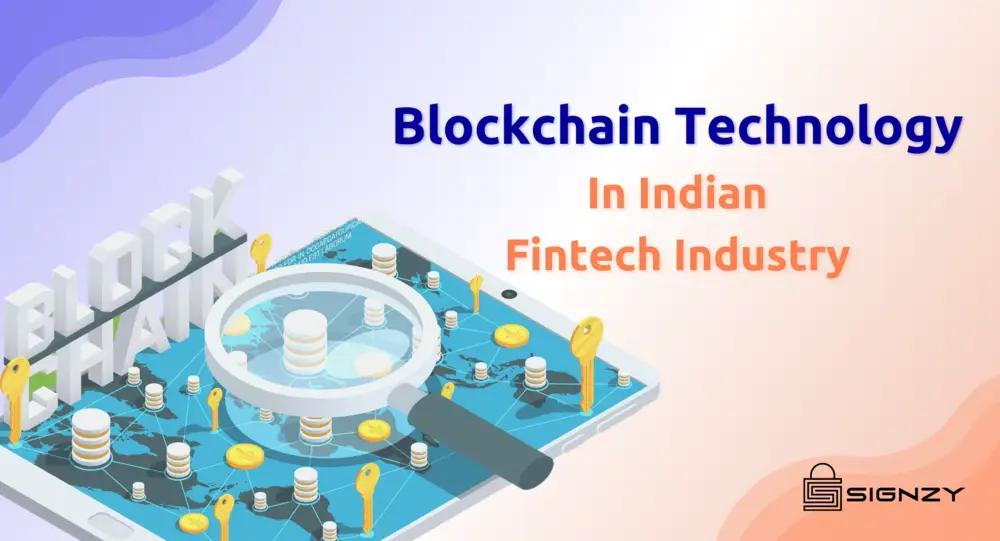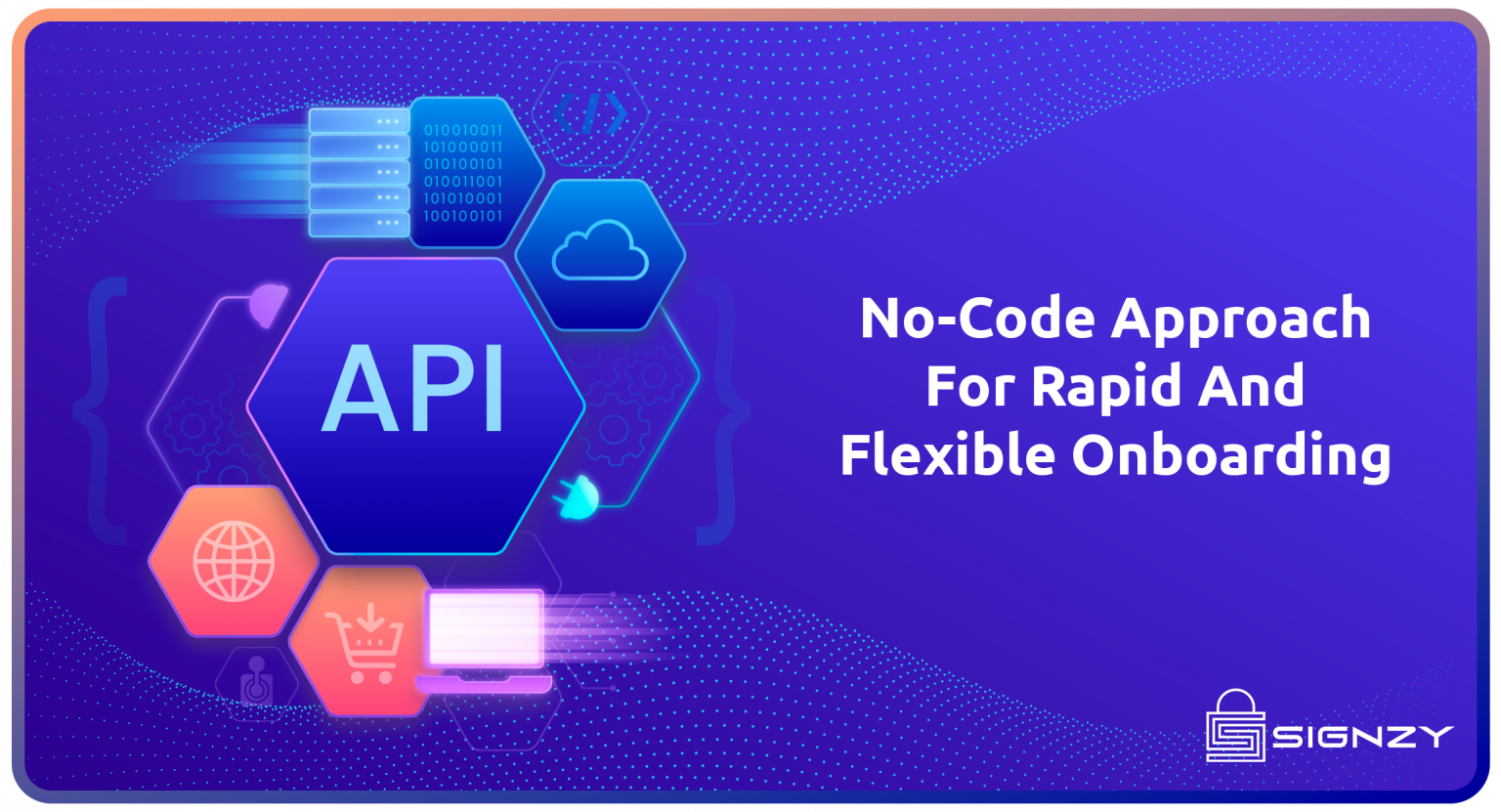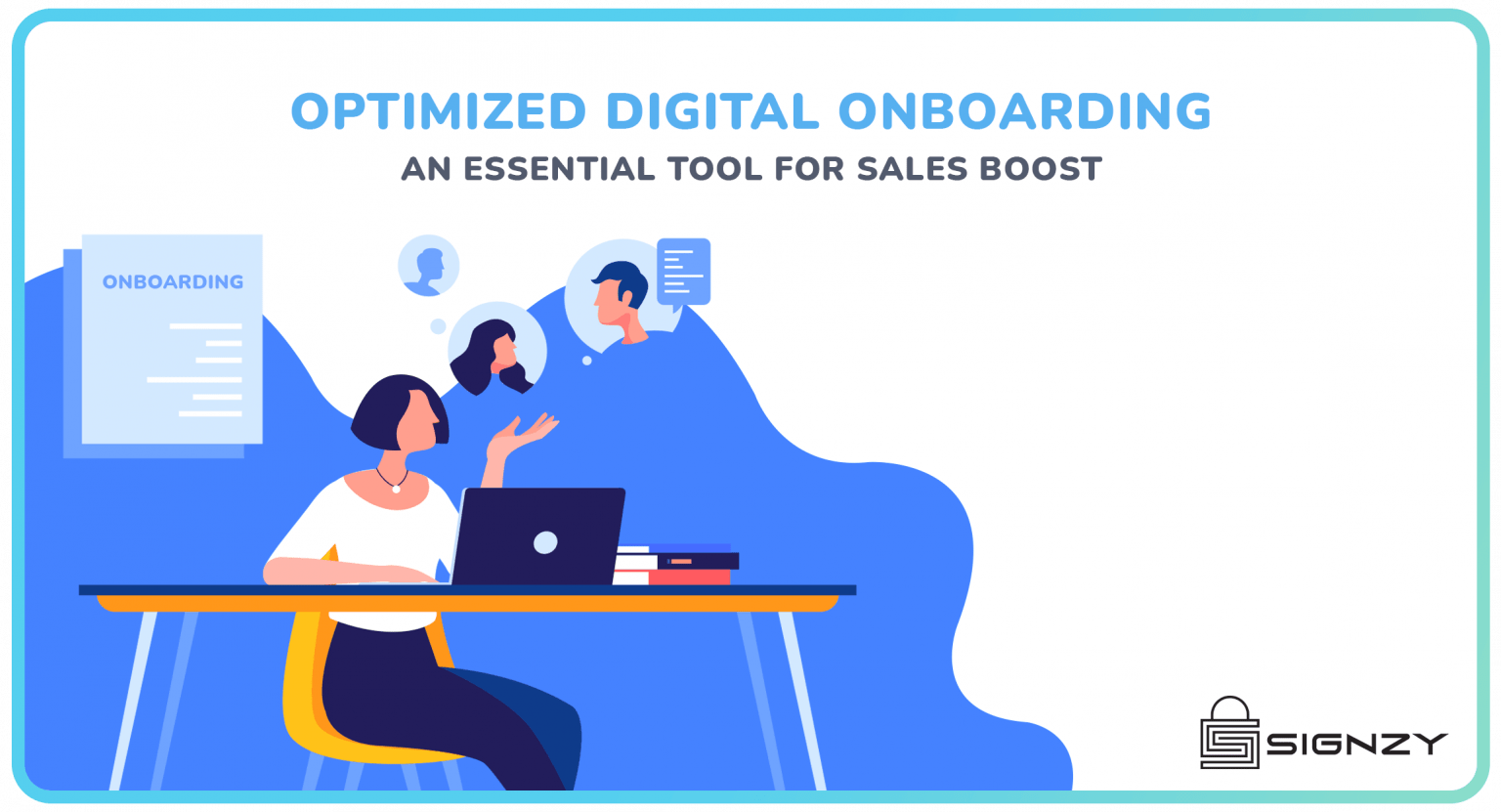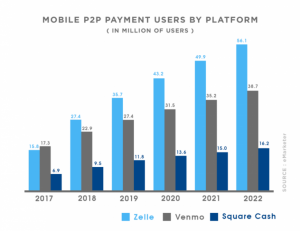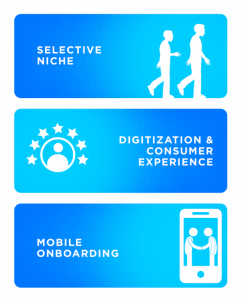The law firms and institutions in the legal industry are developing quickly, just like many other sectors. Therefore, automation and digitization of typical corporate activities will be essential in the constantly evolving legal landscape.
It can occasionally be difficult to onboard new clients or attorneys. The delays that the onboarding process creates constitute a significant problem for businesses. In addition, lawyers have to work hard for their clients, which makes it challenging to complete tasks quickly.
Above all, a solid attorney-client connection is essential for your company to expand, attract new clients needing your services, and keep those you already have. But unfortunately, HR technology can be the crucial component missing from your company’s success.
The speed with which companies can help onboard new customers and attorneys, thanks to technological advancements, can speed up the process of doing case research and training new associates. Therefore, when you implement new technology into your company, you will gain a lot of advantages.
Here are some pointers and techniques you may utilize when introducing new technology to your business to welcome clients and employees.
1. Complete Tech Supplier Research
You must thoroughly research the tech supplier you want to choose. Then, before transitioning to a digital onboarding system, understand how much your law firm can afford and budget accordingly. These steps will ensure that your law firm receives the best service possible.
The Link app, connected with artificial intelligence (AI) identity verification and electronic signatures via DocuSign, is one example of recent developments in HR technology. Your business can keep ahead of the curve by locating competitive technology providers that provide cutting-edge systems.
2. Assess Workflow Management In Law Firms
Before using new technology, reviewing your current onboarding process and addressing the shortcomings that clients or associates experienced will pay off. Perhaps there weren’t enough training materials, or clients felt disconnected from the process.
You might use an online workflow management system at your company. Using top-notch workflow software makes assigning duties while onboarding new staff much simpler.
3. Provide Virtual Teleconferencing Options In Law Firms
Knowing how important you are to those requiring legal representation should persuade you to give your clients top-notch service constantly. Your law firm’s clients and associates’ trust in you as their advisor should always come first. Using digitization instead of a paper-based approach or relying solely on phone calls, you can distribute legislative updates to everyone more swiftly.
Remember that authenticity is the most significant policy when practicing law because it will bind your law firm together. If you want to onboard clients remotely, platforms like Zoom and Google Meet are two good choices. Even if it necessitates spending time electronically, increasing face-to-face encounters during onboarding can increase productivity and talent retention.
4. Consider Cloud Technology for Digital Onboarding
Consider making the transfer to a cloud server if your company hasn’t already. With a private cloud server, you can manage where your data is kept and keep a close eye on who has access to sensitive data. Scalability, lower expenses, less paper consumption, and efficiency are just a few advantages your company can take advantage of to stay one step ahead of the competition by utilizing cloud technology.
Whether you want to run your business using Amazon Web Services or Google Workspaces, cloud server platforms offer your company the best security features to safeguard your data from potential intruders. Additionally, using a private cloud gives your law firm more freedom and flexibility because anyone may access any information.
5. Be Patient With New Applications
Any new system that is integrated into your processes has a learning curve. Therefore, your law firm will need to exercise patience during these transitional times for your clients to understand that onboarding is a process that takes time and set realistic expectations for them. This is irrespective of whether it involves implementing a new cloud server infrastructure or maintaining digital recordings of legal documents.
By registering for cloud server applications you can get assistance with several duties, like updating clients via their messaging platform and exchanging crucial onboarding paperwork. It’s essential to correspond because it keeps lines of communication open inside your company.
Technology in the In Law Firms And The Legal Sector
We are all aware that technology enables us to complete more of our professional objectives efficiently. Using the most recent technology will help you better serve your customers, whether you’re onboarding them or using video conferencing to have a first-time meeting with them. The investment will eventually pay for itself.
Other industries like finance and healthcare have already adapted to automation to a great extent. Even insurance goliaths, infamous for their late adoption of technology, are churning fast to catch up. It is only a matter of time before the legal industry does the same. So, to be ahead of the curve, you should find a good onboarding service provider. It would be your first step in the road ahead. We at Signzy can help you with this. With our state-of-the-art technology and simplified no-code API resources, you can fast-track this swiftly.
About Signzy
Signzy is a market-leading platform redefining the speed, accuracy, and experience of how financial institutions are onboarding customers and businesses – using the digital medium. The company’s award-winning no-code GO platform delivers seamless, end-to-end, and multi-channel onboarding journeys while offering customizable workflows. In addition, it gives these players access to an aggregated marketplace of 240+ bespoke APIs that can be easily added to any workflow with simple widgets.
Signzy is enabling ten million+ end customer and business onboarding every month at a success rate of 99% while reducing the speed to market from 6 months to 3-4 weeks. It works with over 240+ FIs globally, including the 4 largest banks in India, a Top 3 acquiring Bank in the US, and has a robust global partnership with Mastercard and Microsoft. The company’s product team is based out of Bengaluru and has a strong presence in Mumbai, New York, and Dubai.
Visit www.signzy.com for more information about us.
You can reach out to our team at reachout@signzy.com.
Written By:

Signzy
Written by an insightful Signzian intent on learning and sharing knowledge.

